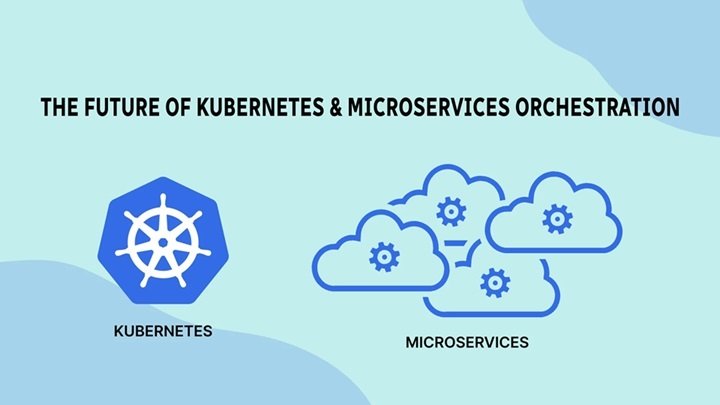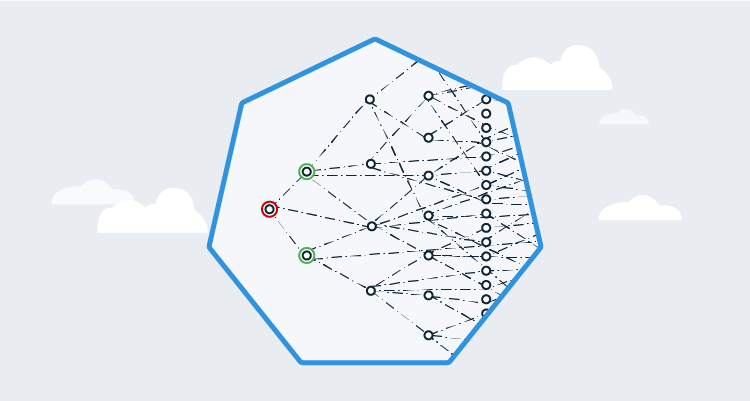Table of Contents
Hello, tech enthusiasts and innovators! Today, we’re diving into the fascinating world of Kubernetes and microservices. These two powerful technologies are transforming the way we build, deploy, and manage applications. If you’ve ever wondered how they work together to deliver automation, streamline CI/CD pipelines, simplify deployment, and reduce complexity, you’re in the right place. Let’s explore how Kubernetes and microservices can revolutionize your development process.
What are Microservices?
Before we get into the nitty-gritty of Kubernetes, let’s start with microservices. Microservices architecture is an approach where an application is broken down into smaller, independent services. Each service focuses on a specific business function and can be developed, deployed, and scaled independently.
Real-life Example
Think of a large e-commerce platform like Amazon. Instead of being a single monolithic application, Amazon’s platform consists of numerous microservices—such as user authentication, product catalog, payment processing, and order management. Each of these microservices operates independently, allowing for rapid development and deployment of new features.
Enter Kubernetes
Kubernetes, often abbreviated as K8s, is an open-source container orchestration platform. It automates the deployment, scaling, and management of containerized applications. Containers, which package an application and its dependencies, are the building blocks of microservices architecture.
Real-life Example
Imagine a tech startup developing a new social media app. They use microservices to build different features like user profiles, messaging, and notifications. Kubernetes helps them manage these microservices by automating deployment, scaling based on demand, and ensuring high availability.

Automation with Kubernetes and Microservices
Automation is a key benefit of combining Kubernetes with microservices. Kubernetes automates many of the operational tasks required to run containerized applications, reducing the burden on developers and operations teams.
Real-life Example
A financial services company uses microservices to handle various functions like transaction processing, fraud detection, and customer support. By leveraging Kubernetes, they automate the deployment and scaling of these microservices. For instance, during peak transaction times, Kubernetes automatically scales the transaction processing microservice to handle the increased load, ensuring smooth and efficient operations.
Streamlining CI/CD Pipelines
Continuous Integration and Continuous Deployment (CI/CD) pipelines are essential for modern software development. They enable teams to integrate code changes frequently and deploy them automatically to production. Kubernetes and microservices play a crucial role in streamlining these pipelines.
Real-life Example
A gaming company is continuously updating its online multiplayer game with new features and bug fixes. Using microservices, each feature is developed as a separate service. Kubernetes integrates with their CI/CD pipeline to automatically deploy new updates to the appropriate microservice without affecting the entire game. This approach minimizes downtime and ensures players always have access to the latest features and improvements.
Easy Deployment
One of the most significant advantages of Kubernetes and microservices is the ease of deployment. Kubernetes manages the lifecycle of containers, making it simple to deploy, update, and roll back services.
Real-life Example
A healthcare startup is developing a telemedicine platform with various microservices for video consultations, patient records, and appointment scheduling. With Kubernetes, they can deploy updates to the video consultation service independently of the other services. If an update causes issues, Kubernetes allows them to roll back to a previous version quickly, ensuring minimal disruption to users.
Reducing Complexity
While microservices themselves can introduce complexity due to the increased number of services, Kubernetes helps manage this complexity by providing a unified platform for container orchestration.
Real-life Example
A logistics company operates a fleet management system with microservices for vehicle tracking, route optimization, and maintenance scheduling. Kubernetes simplifies the management of these microservices by providing a centralized platform for monitoring, scaling, and maintaining the services. This unified approach reduces the complexity of managing a distributed system and ensures the company’s logistics operations run smoothly.
Conclusion
Kubernetes and microservices are a match made in tech heaven. Together, they deliver automation, streamline CI/CD pipelines, simplify deployment, and reduce complexity. By breaking applications into independent microservices and using Kubernetes to manage these services, organizations can develop, deploy, and scale applications more efficiently and reliably.
Whether you’re a developer looking to improve your workflow or a business leader aiming to enhance your tech stack, embracing Kubernetes and microservices can unlock new levels of agility and innovation. The future of application development is here, and it’s powered by Kubernetes and microservices.




Leave a Reply